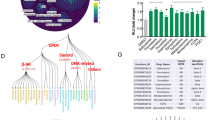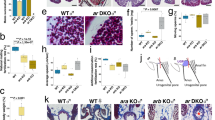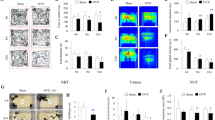Abstract
Although, as their names imply, estrogen receptors [ERs] and estrogen-related receptors [ERRs] are related transcription factors, their evolutionary relationships to each other are not fully understood. To elucidate the origins and evolution of ERs and ERRs, we searched for their orthologs in the recently sequenced genome of Trichoplax, the simplest known animal, and in the genomes of three lophotrochozoans: Capitella, an annelid worm, Helobdella robusta, a leech, and Lottia gigantea, a snail. BLAST searches found an ERR in Trichoplax, but no ER. BLAST searches also found ERRs in all three lophotrochozoans and invertebrate-like ERs in Capitella and Lottia, but not in Helobdella. Unexpectedly we find that the Capitella ER sequence is closest to ER[beta], unlike the other invertebrate ER sequences, which are closest to ER[alpha]. Our database searches and phylogenetic analysis indicate that invertebrate ERs evolved in a lophotrochozoan and steroid-binding ERs evolved in a deuterostome.
Similar content being viewed by others
Article PDF
Author information
Authors and Affiliations
Corresponding author
Rights and permissions
About this article
Cite this article
Baker, M. Trichoplax, the simplest known animal, contains an estrogen-related receptor but no estrogen receptor: Implications for estrogen receptor evolution. Nat Prec (2008). https://doi.org/10.1038/npre.2008.2170.1
Received:
Accepted:
Published:
DOI: https://doi.org/10.1038/npre.2008.2170.1



